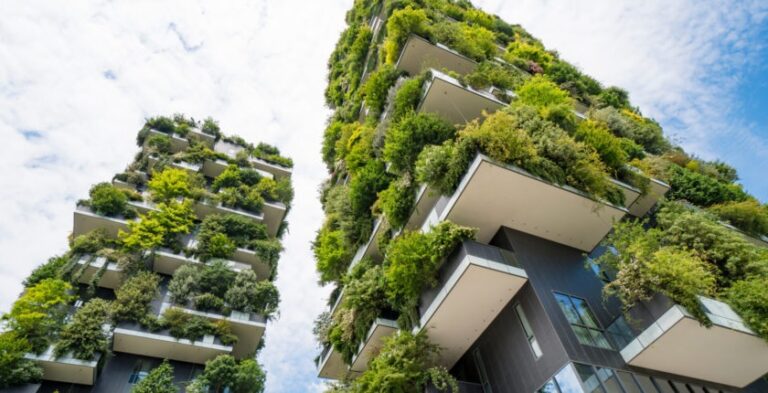Sustainable buildings are structures with the least effect on the environment possible, also called sustainability building. They do not waste energy, water, or other materials or space. These buildings also promote the quality of life of people utilizing them. Sustainable building structures are gradually embraced and valued in the real estate business.
Benefits of Sustainable Buildings
Environmental Benefits
A green building is essential as it assists in protecting our environment. It uses less energy, sometimes even utilizing a renewable resource such as sunlight or air. It also uses water more efficiently, sometimes reusing it for something else. It minimizes the use of new materials derived from the earth and instead opts for renewable or recycled products. This, in turn, helps combat climate change and maintain the Earth’s resources.
Economic Benefits
These buildings can lead to a reduction in the costs incurred in the long run. While they can be more expensive to construct, they can always have lower expenses in terms of their functionality. This is because they are cheaper to use than others due to the energy and water they consume. For property owners, for instance, this means they are likely to incur less on their power bills. They can also lead to increased property prices because lower bills will mean a higher likelihood of being sought after by people, which also means higher property prices.
Features of Sustainable Buildings
Energy Efficiency
Sustainability is an important concept in building construction, and one of it is energy efficiency. They employ the best insulation systems and energy-conserving windows to retain heat during the cold season and exclude it during the hot season. Some also incorporate energy conservation in their homes through the use of energy-saving appliances and bulbs. Some even create their own power through solar or windmills, thus making them completely self-sufficient.
Water Conservation
Another feature is water conservation because a lack of water is one of the most significant problems in the world. A sustainable building may incorporate efficient fixtures such as the low-flow faucet and the efficient toilet. It might also have small reservoirs for collecting rainwater and other structures for its further utilization. Some have resorted to using gray water, which is the water produced from sinks and showers only, for watering plants.
Sustainable Materials
Since sustainable buildings represent structures considered for construction with a view to having minimum adverse environmental impacts, the materials used in construction are selected carefully. They are also usually recycled or renewable in origin. Another advantage of employing local materials is that it can also help cut down the impact of the transportation section.
Conclusion
Green buildings are crucial for a healthy and happy planet, a successful business, and a better future. If we invest in sustainable buildings, we can be assured of having a better world today and in the future, as well as for our future kids. So, if you find yourself looking for a home, make sure to keep these sustainable buildings in mind.


Comments are closed.